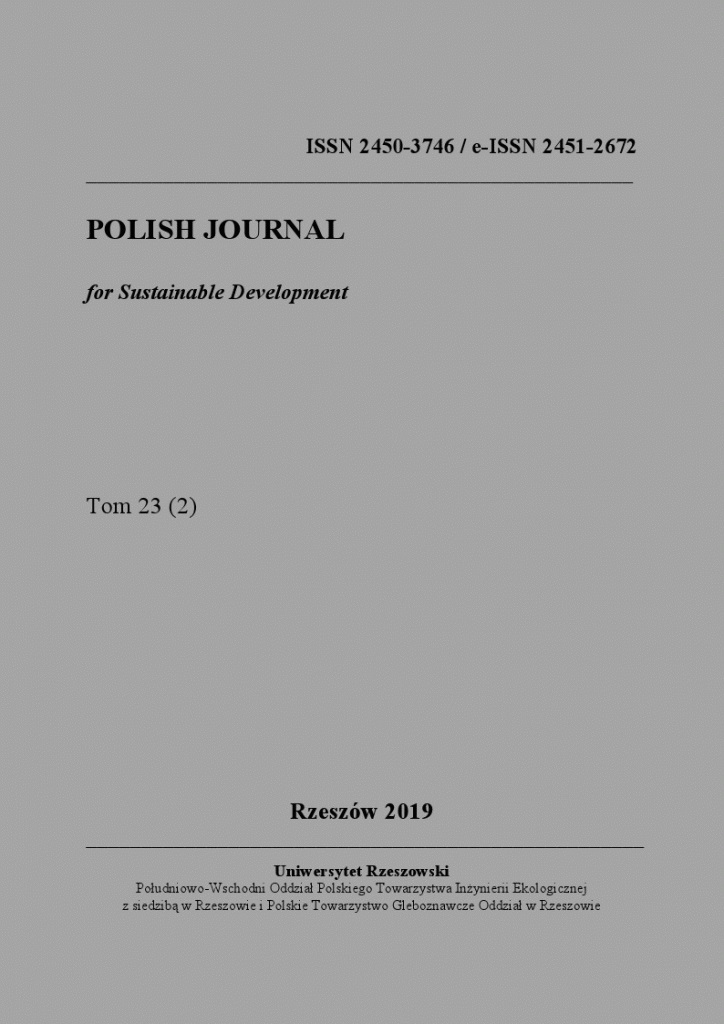Cultural tourism in the natural dimension
DOI:
https://doi.org/10.15584/pjsd.2019.23.2.3Keywords:
cultural tourism, natural heritage, cultural heritage, nature protectionAbstract
Tourism has now become not only a kind of mass ritual with significant economic potential, but also an important cultural message. Covering various areas of human activity, tourism also applies to works related to broadly understood culture, including aspects of natural heritage. A number of international legal acts point to the interdependence of natural and cultural heritage and the need to treat them as an integral whole. There are close links between the protection of cultural and natural diversity that are of interest to cultural tourism. The UNESCO Universal Declaration on Cultural Diversity states that cultural diversity will be expressed in the originality and multitude of identities that characterize the groups and societies that make up humanity. In accordance with the Convention on Biological Diversity, cultural diversity and traditional farming methods with which endangered natural values are inextricably also require protection. Man is biologically and culturally shaped in specific conditions of the natural environment, which he considers suitable for himself. However, he transfers his anthropocentric values to nature, which has nothing to do with them. He watches it mainly through myths shaped in a culture that spreads and perpetuates them. Many cultural tourism goals are closely linked to the state of nature resources and the natural environment. There is a deeply humanistic sense of natured research and nature protection. This is important for the permanence and quality of human existence.
Downloads
Published
Issue
Section
License
Copyright (c) 2019 Polish Journal for Sustainable Development

This work is licensed under a Creative Commons Attribution-NonCommercial-NoDerivatives 4.0 International License.


